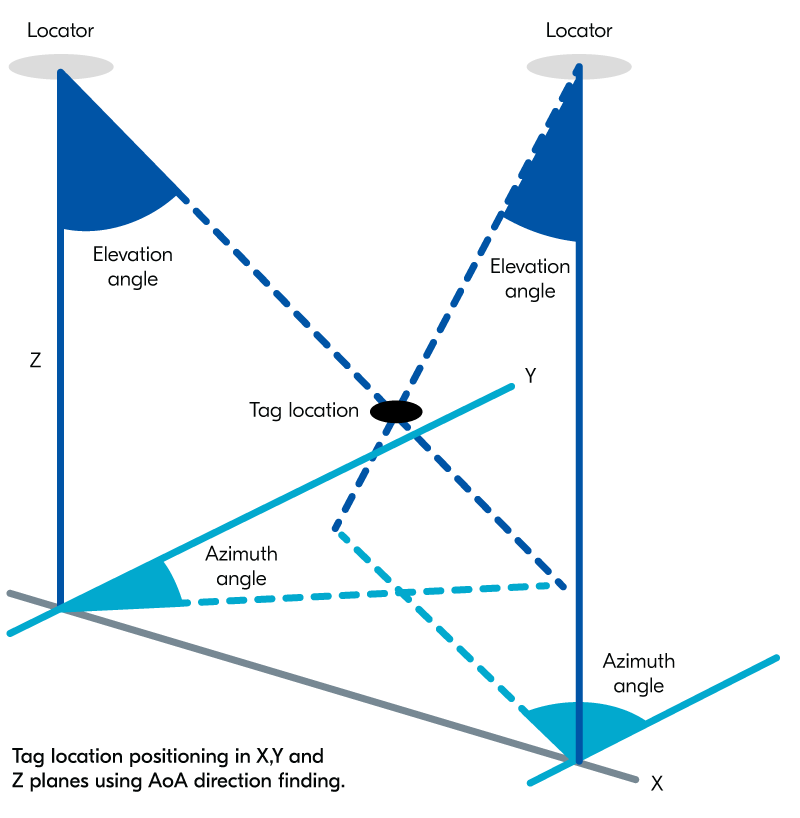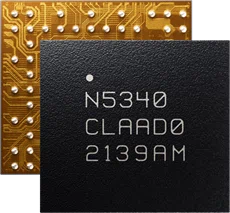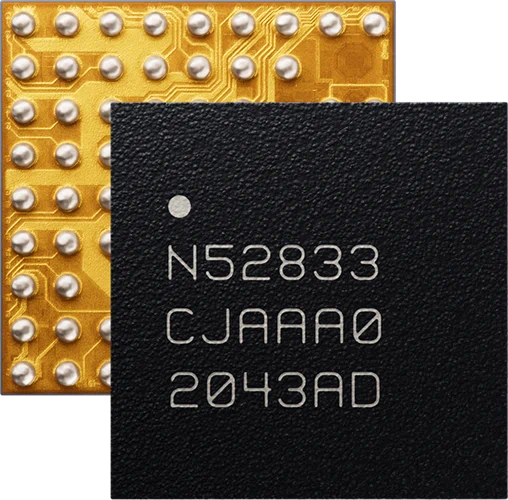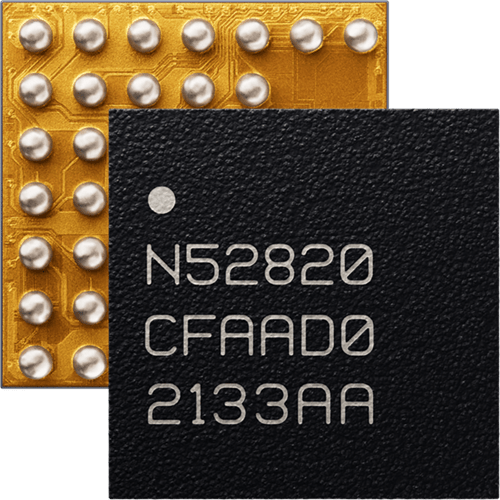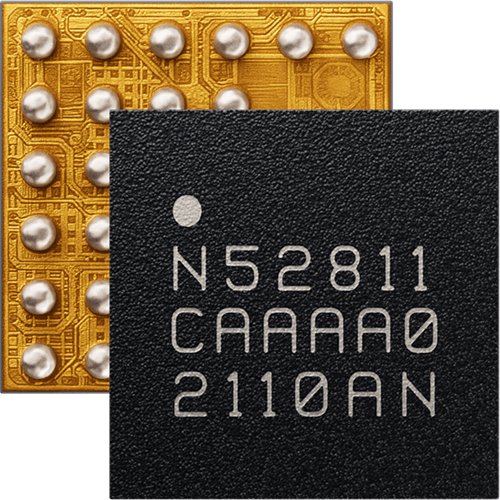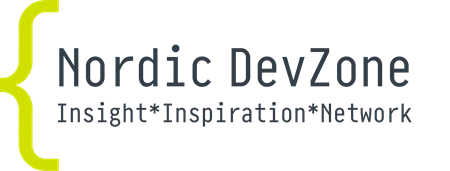Bluetooth Direction Finding SoCs
nRF5340 SoC
Dual-core Bluetooth 5.4 SoC supporting Bluetooth Low Energy, Bluetooth mesh, NFC, Thread and Zigbee
128 MHz Arm Cortex-M33 CPU with
1 MB Flash + 512 KB RAM
64 MHz Arm Cortex-M33 CPU with
256 KB Flash + 64 KB RAM
Bluetooth Low Energy
Bluetooth Direction Finding
Bluetooth mesh
Thread, Zigbee
ANT
NFC
Advanced security
USB, QSPI, HS-SPI
105 °C extended operating temperature
1.7-5.5 V supply voltage range
nRF52833 SoC
Bluetooth 5.4 SoC supporting Bluetooth Low Energy, Bluetooth mesh, Bluetooth Direction Finding, NFC, Thread and Zigbee
64 MHz Arm Cortex-M4 with FPU
512 KB Flash, 128 KB RAM
2 Mbps, 1 Mbps, Long Range
Bluetooth Low Energy
Bluetooth Direction Finding
Bluetooth mesh
Thread, Zigbee
+8 dBm TX Power
128-bit AES CCM
UART, SPI, TWI, PDM
HS-SPI, I2S, PWM
12-bit ADC
NFC
USB 2.0
nRF52820 SoC
Bluetooth 5.4 SoC with built-in USB and Bluetooth Low Energy, Bluetooth mesh, Thread and Zigbee support
64 MHz Arm Cortex-M4
256 KB Flash, 32 KB RAM
2 Mbps, 1 Mbps, Long Range
Bluetooth Low Energy
Bluetooth Direction Finding
Bluetooth mesh
Thread, Zigbee
+8 dBm TX power
128-bit AES
UART, SPI, TWI, QDEC
Full Speed USB 2.0
-40 to 105 °C extended temperature range
1.7 to 5.5 V supply voltage
nRF52811 SoC
Bluetooth 5.4 SoC supporting Bluetooth Low Energy, Bluetooth Direction Finding and Thread
64 MHz Cortex-M4
192 KB Flash, 24 KB RAM
2.4 GHz transceiver
2 Mbps, 1 Mbps, Long Range
Bluetooth Low Energy
Bluetooth Direction Finding
Thread
+4 dBm TX power
128-bit AES
UART, SPI, TWI, PDM
PWM
12-bit ADC
